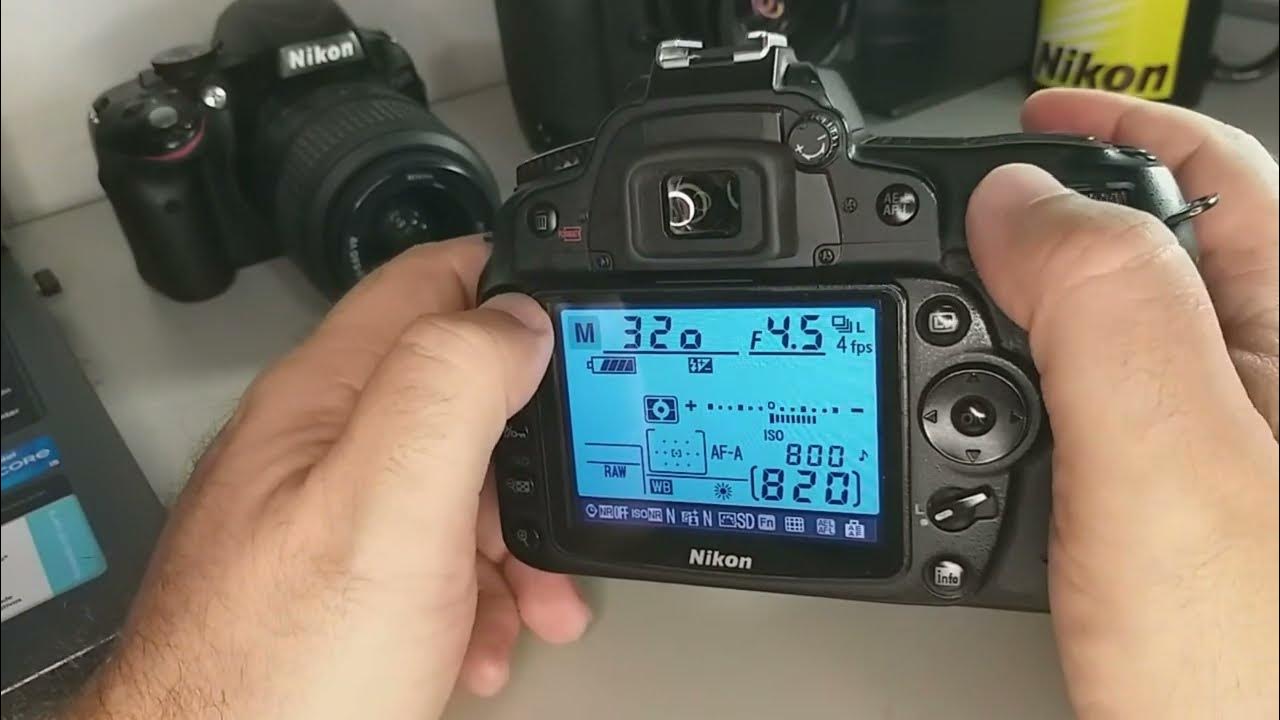How to Control a Helicopter : Helicopter Flight Controls Explained
Summary
TLDRThis video provides a comprehensive guide to understanding the basic controls of a helicopter. It covers essential components like the collective lever, cyclic, and anti-torque pedals, explaining how each one functions to control the helicopter’s movement. Key instructions include how to operate the collective to control altitude, how to use the cyclic for directional control, and how the tail rotor pedals help with yaw. The video emphasizes the importance of understanding these controls, though it also stresses the necessity of formal flight training before piloting a helicopter.
Takeaways
- 😀 Familiarize yourself with the helicopter's components and controls before attempting to fly.
- 😀 Always read your helicopter's operating handbook for specific guidance and safety procedures.
- 😀 The collective lever, located on the cabin floor, is used to control the helicopter's altitude.
- 😀 The throttle, mounted at the end of the collective lever, controls the engine power and rotor speed.
- 😀 The cyclic control, located in front of your seat, is used to control the helicopter's direction of movement.
- 😀 Anti-torque pedals at your feet control the tail rotor, helping to manage the helicopter's yaw (directional movement).
- 😀 Raising the collective increases the helicopter's altitude, while lowering it brings the helicopter down.
- 😀 The cyclic is highly sensitive, so small, controlled movements are essential for stable flight.
- 😀 The tail rotor pedals allow you to control the direction of the helicopter's nose (yaw).
- 😀 It's crucial to understand the helicopter's lift capacity and rotor limitations before attempting complex maneuvers.
Q & A
What is the first step before learning how to fly a helicopter?
-The first step is to familiarize yourself with the helicopter's components and controls.
Why is it important to read the aircraft's operating handbook?
-It’s essential because each helicopter is unique, and the handbook provides specific information on how to operate that particular aircraft.
Where is the collective lever located, and what does it control?
-The collective lever is located on the left side of your seat, mounted on the cabin floor. It controls the helicopter's altitude by changing the angle of the main rotor blades.
What does the throttle at the end of the collective lever do?
-The throttle at the end of the collective lever adjusts the engine speed, which is crucial for controlling lift as you raise or lower the collective.
How do you operate the cyclic control?
-The cyclic control is operated with your right hand. It controls the direction of flight by tilting the helicopter, affecting its pitch and roll.
What is the difference between pitch and roll in helicopter flight?
-Pitch refers to the helicopter tilting forward or backward, while roll refers to tilting side to side. Both are controlled by the cyclic.
How does the cyclic affect the helicopter's direction?
-The cyclic causes the helicopter to tilt forward, backward, or sideways, but changes in direction (yaw) depend on the tail rotor pedals.
What is the function of the anti-torque pedals in a helicopter?
-The anti-torque pedals, located at your feet, control the helicopter's yaw, or the direction it is pointing, by adjusting the force produced by the tail rotor.
How do you control yaw in a helicopter?
-To control yaw, you press the left pedal to turn the nose left or the right pedal to turn the nose right. This adjusts the tail rotor’s force.
Is this video script sufficient for learning how to fly a helicopter?
-No, this video script is an introductory guide to the controls of a helicopter. Proper flight training with an instructor is necessary before attempting to fly.
Outlines

This section is available to paid users only. Please upgrade to access this part.
Upgrade NowMindmap

This section is available to paid users only. Please upgrade to access this part.
Upgrade NowKeywords

This section is available to paid users only. Please upgrade to access this part.
Upgrade NowHighlights

This section is available to paid users only. Please upgrade to access this part.
Upgrade NowTranscripts

This section is available to paid users only. Please upgrade to access this part.
Upgrade NowBrowse More Related Video

Como Usar Nikon D90 2024

All Keyboard Controls Explained | Euro Truck Simulator 2

Kalibrasi dan Pengoperasian Osiloskop Analog

Animate ANY Character in Davinci Resolve!

CompTIA Security+ Exam Cram - 1.1 Security Controls (SY0-701)

You Can Make WoW MUCH More Fun, Right Now: Ultimate War Within Keybinding Guide
5.0 / 5 (0 votes)